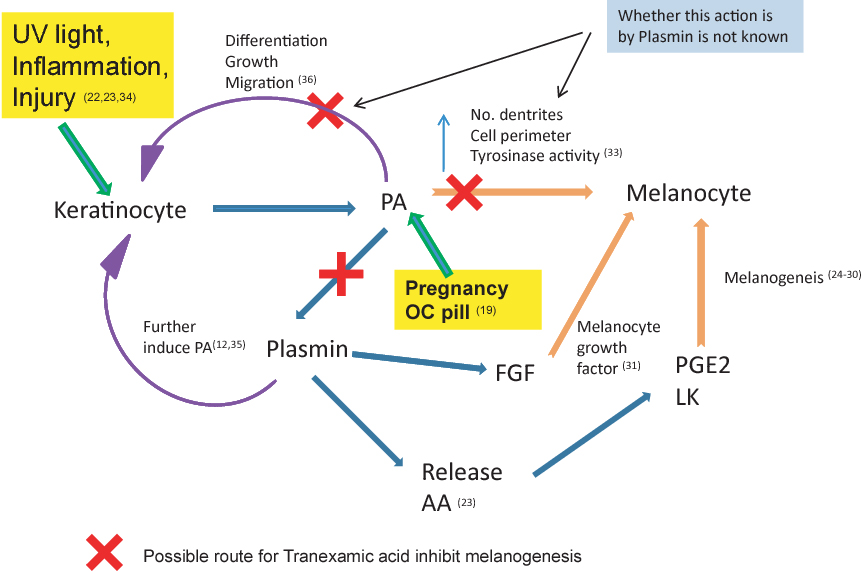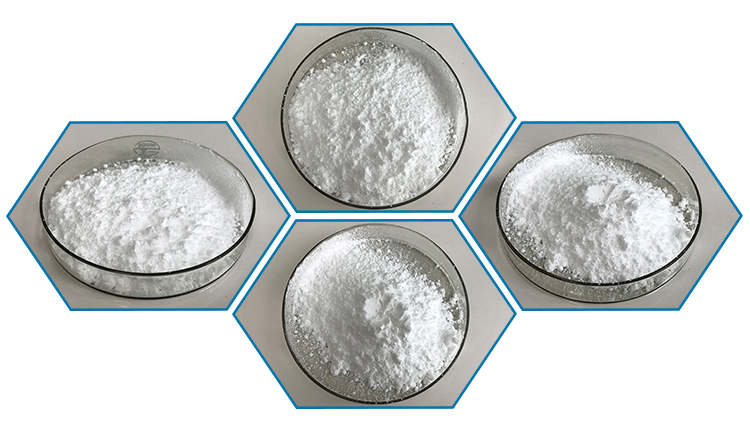Tranexamic acid (TXA) is widely used in surgery to reduce bleeding and minimize the need for blood transfusions. Here are some of its key applications:
1. Orthopedic Surgery:
- Joint Replacement (e.g., Hip and Knee): Tranexamic acid is often used to reduce blood loss during total joint replacement surgeries. It helps in minimizing postoperative bleeding and the need for blood transfusions.
2. Cardiothoracic Surgery:
- Cardiac Bypass Surgery: Tranexamic acid is used to reduce bleeding during open-heart surgeries, including coronary artery bypass grafting (CABG).
- Valve Surgery: It’s also beneficial in surgeries involving heart valves, helping control bleeding during and after the procedure.

3. Spinal Surgery:
- Tranexamic acid is commonly used in spine surgeries, including fusions, to minimize blood loss, especially in complex cases where extensive tissue dissection is required.
4. Gynecological Surgery:
- Hysterectomy: Tranexamic acid is frequently used in procedures like total abdominal hysterectomy to reduce the amount of blood loss.
- Myomectomy: For the removal of uterine fibroids, Tranexamic acid helps to reduce bleeding during surgery.
5. Trauma Surgery:
- In patients with severe trauma and massive bleeding, Tranexamic acid is part of the treatment regimen to control hemorrhage, especially in cases where rapid blood loss is occurring (e.g., after fractures or injuries to vital organs).
6. Plastic and Reconstructive Surgery:
- In reconstructive procedures, particularly in large flap surgeries or those involving extensive skin grafting, Tranexamic acid helps minimize bleeding and the risk of hematoma formation.
7. General Surgery:
- Abdominal Surgery: It is used in procedures like liver resections, colorectal surgeries, or bariatric surgery to reduce blood loss.
8. Dental Surgery:
- In procedures that involve extensive soft tissue dissection or removal, such as tooth extractions in patients with bleeding disorders, Tranexamic acid can be helpful in controlling bleeding.

Mechanism of Action:
Tranexamic acid works by inhibiting fibrinolysis, the process by which blood clots are broken down. By blocking plasminogen’s conversion into plasmin (which breaks down fibrin), Tranexamic acid helps stabilize blood clots and reduces excessive bleeding.
In general, Tranexamic acid is considered safe, but its use must be monitored, particularly in patients with a history of thrombosis or other contraindications.
